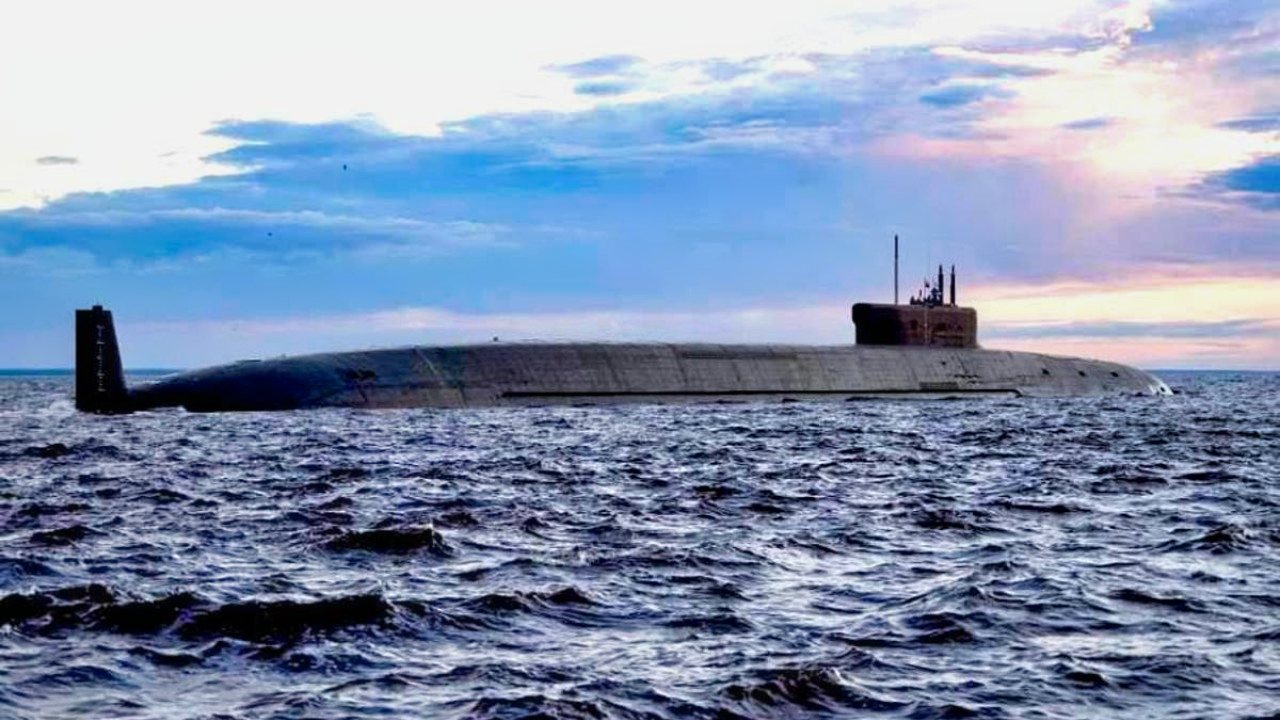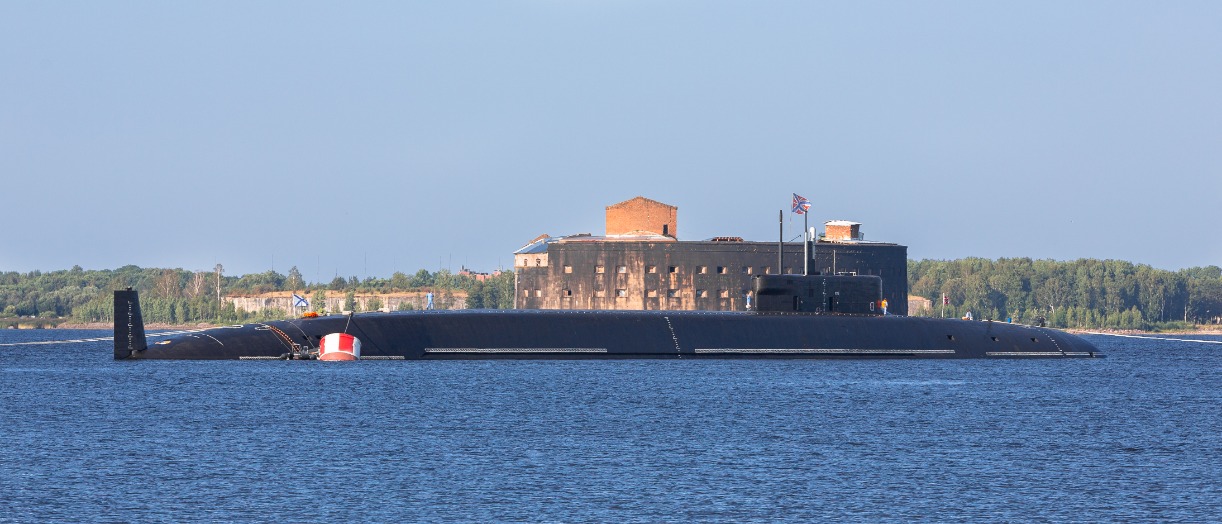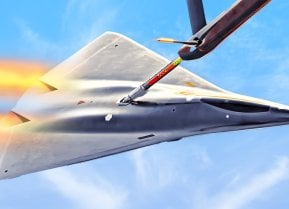A Russian Navy Nuclear Attack Submarine Caught Fire for a Strange Reason
The Russian Navy's safety record has long been called into question, especially following numerous incidents involving its nuclear submarines. One notable incident was the 2006 fire aboard the Daniil Moskovsky, a Victor III-class attack submarine.
What You Need to Know: The Russian Navy's safety record has long been called into question, especially following numerous incidents involving its nuclear submarines. One notable incident was the 2006 fire aboard the Daniil Moskovsky, a Victor III-class attack submarine.

-The fire, caused by an electrical short circuit, led to the deaths of two crew members from carbon monoxide poisoning. Despite the nuclear reactor shutting down safely, the submarine had to be towed back to its port in Vidyayevo. This incident followed other significant naval accidents, including the tragic 2000 Kursk submarine disaster and the 2003 sinking of the K-159.
-Such recurring mishaps underscore persistent issues in the Russian Navy’s safety protocols and operational procedures, further highlighted by setbacks during the invasion of Ukraine.
The 2006 Daniil Moskovsky Fire: How a Russian Submarine Incident Raised Alarms
The Russian Navy does not have the best safety record. Multiple incidents have led to questions about the production and procedural quality of the Russian Navy. One such incident was the 2006 fire aboard the Daniil Moskovsky.
An attack submarine of the Victor III class, the Moskovsky was nuclear-powered and capable of hitting top speeds above thirty knots. First commissioned in 1988, as the K-414, after the fall of the Soviet Union, the vessel was renamed for Prince Daniil Moskovsky.
The Moskovsky measured about 330 feet long and displaced 7,250 tons when fully submerged. For propulsion, the submarine relied on one VM-4P pressurized-water twin nuclear reactor and two sets of OK-300 steam turbines, which could generate 31,000 horsepower and 23,000 kilowatts of power at 290 shaft RPMs. The submarine could operate for eighty-day spells. The Moskovsky was armed with four bow torpedo tubes and usually carried up to sixteen torpedoes and/or missiles.
'Short Circuit' was Cause of Fire
The cause of the fire was an electrical short circuit. The fire broke out while the submarine was operating in the Barents Sea. Two crew members died of carbon monoxide poisoning. One other crew member was injured. But ninety-three of the ninety-six total crew members were unscathed.
“Officials said an onboard protection system shut down the submarine’s nuclear reactor and that there is no threat of radioactive contamination to the sea,” CBC reported.
Following the fire, the Moskovsky had to be towed back to its port, at Vidyayevo.
“We didn’t notify our neighbors because there were rather enough ships, in particular, two rescue tugboats in the vicinity of the incident,” one official said. “We decided to do nothing while at sea, and instead tow it to its home port where it was launched.”
The incident was hardly the first safety lapse for the Russian Navy.

“The Northern Fleet has suffered a series of accidents on its submarines,” Fox News reported. The worst of which occurred in 2000, when the Kursk nuclear submarine sank in the Barents Sea, killing all 118 crew members on board. The sinking occurred after a torpedo misfired, causing a massive explosion.
In 2003, nine members of a ten-person crew were killed when the K-159 sank while being towed through a squall. The squall ripped away one of the submarine’s pontoons. Along with the nine crew members, about 800 kilograms of spent nuclear fuel were also lost, raising concerns amongst the international community for Russia’s naval safety standards.
Still Struggling Russian Navy and Submarines
The Russian armed forces have underwhelmed during the nearly three-year-long invasion of Ukraine. Tanks and aircraft have struggled to survive. Similarly, the Russian Navy has suffered some high-profile setbacks, most notably the sinking of the Moskva, the flagship of the Black Sea fleet. In one week, last month, Russia suffered a reported ten thousand casualties.
About the Author: Harrison Kass
Harrison Kass is a defense and national security writer with over 1,000 total pieces on issues involving global affairs. An attorney, pilot, guitarist, and minor pro hockey player, Harrison joined the US Air Force as a Pilot Trainee but was medically discharged. Harrison holds a BA from Lake Forest College, a JD from the University of Oregon, and an MA from New York University. Harrison listens to Dokken.
Image Credit: Creative Commons and/or Shutterstock of various Russian submarines.


